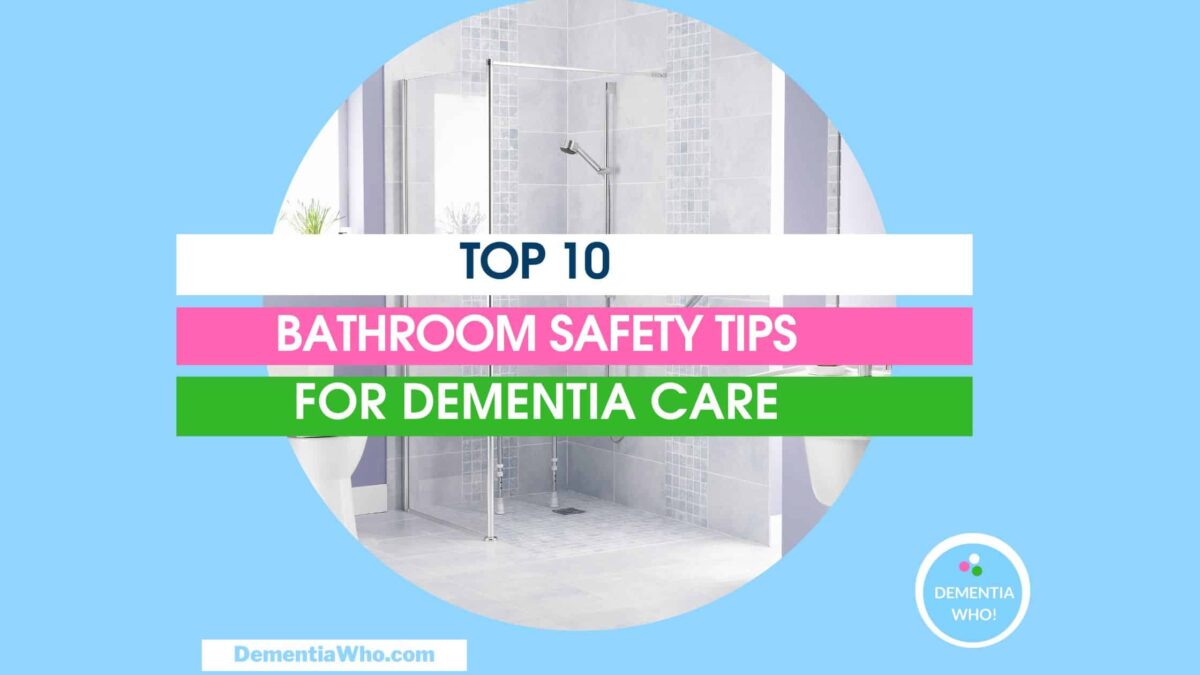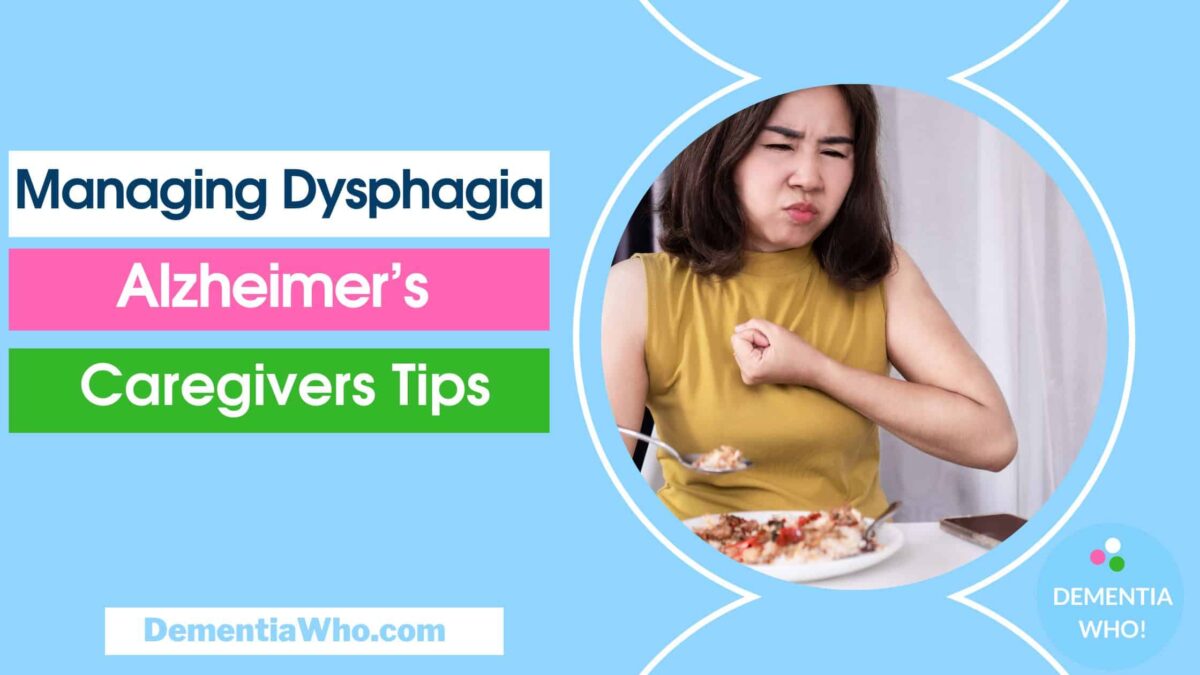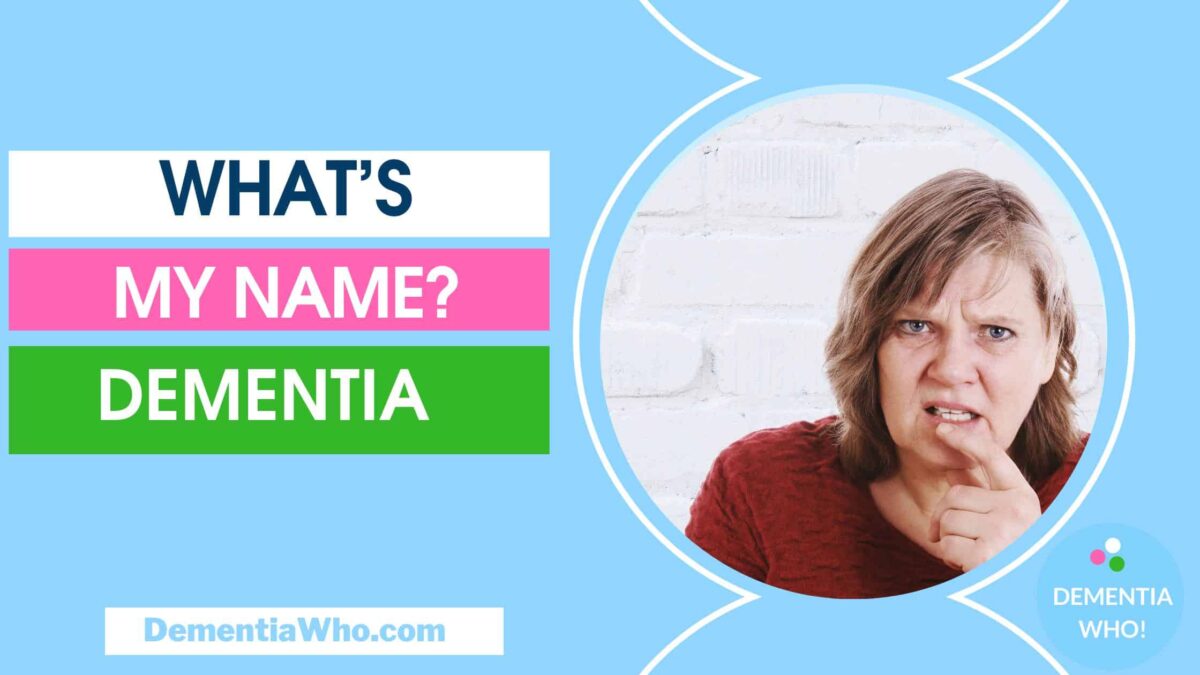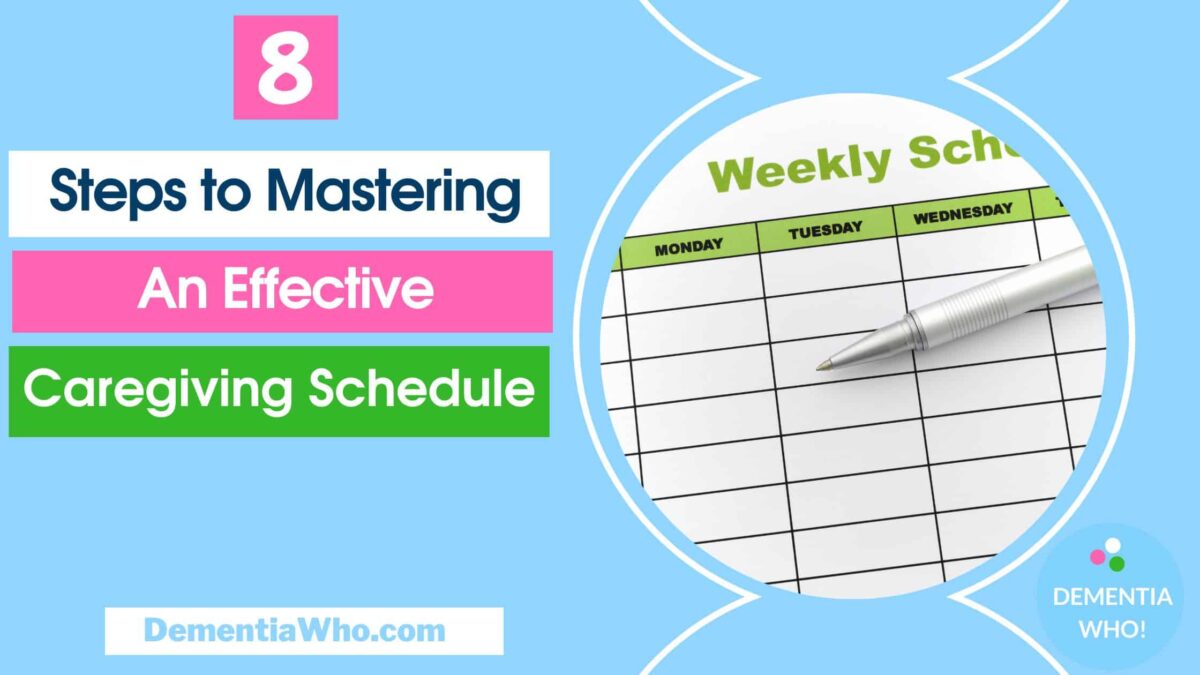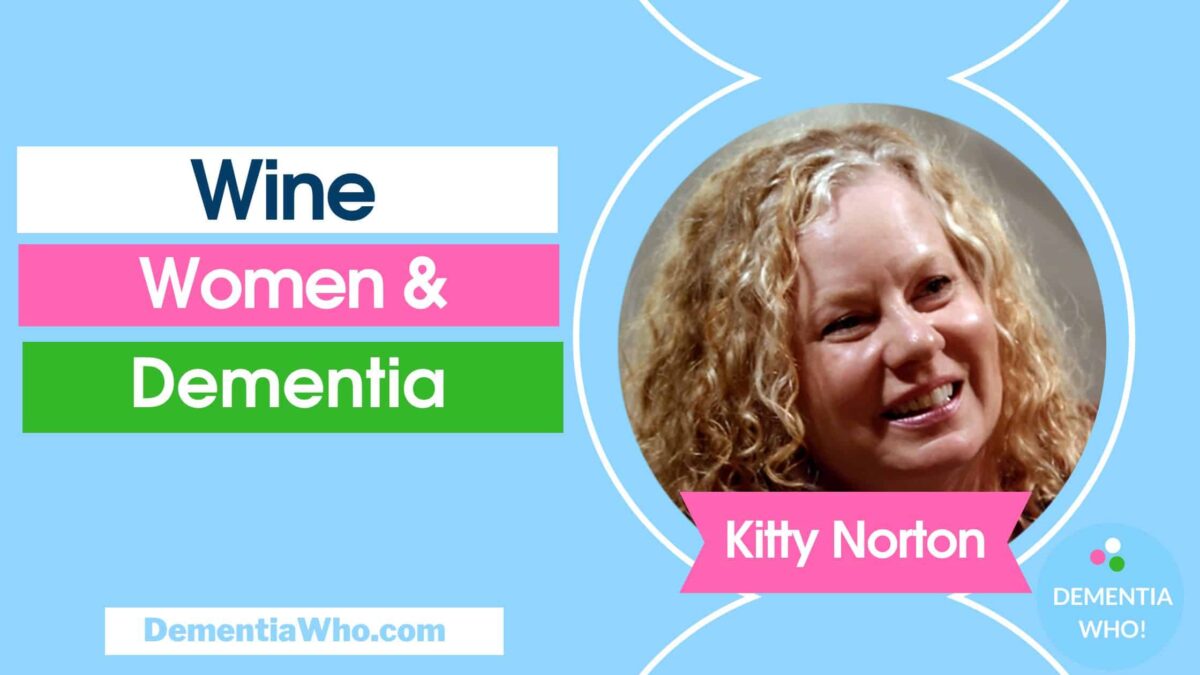Here are 11 visual art activities for late stage dementia that can be enjoyable and beneficial for your loved ones with late stage dementia. Engaging in art not only stimulates the brain but also helps to improve mood, reduce agitation, and provides social interaction for your loved ones.
Related: How Art Can Help Those With Dementia and Their Caregivers
As individuals enter the late stages of dementia, it can become challenging for them to engage in traditional activities.
Related:
11 Visual Art Activities for Early Stage Dementia
11 Visual Art Activities for Mid Stage Dementia
These visual art activities for late stage dementia are inclusive, accessible and hopefully a lot of fun for your loved ones to enjoy and experience. Let’s get to it.
- Activity 1: Tissue Paper Art
- Activity 2: Faux Stained Glass Art/Window Cling Art
- Activity 3: Finger Printing/ with or without Textures
- Activity 4: Hand Printing
- Activity 5: Visual Sensory Bottles
- Activity 6: Textured Art with Clay or Playdough
- Activity 7: Sensory Art with Sand
- Activity 8: Shadow Art
- Activity 9: Doodle Art
- 10. Collage Self-Portrait
- Activity 11: Art History Exploration
- Conclusion
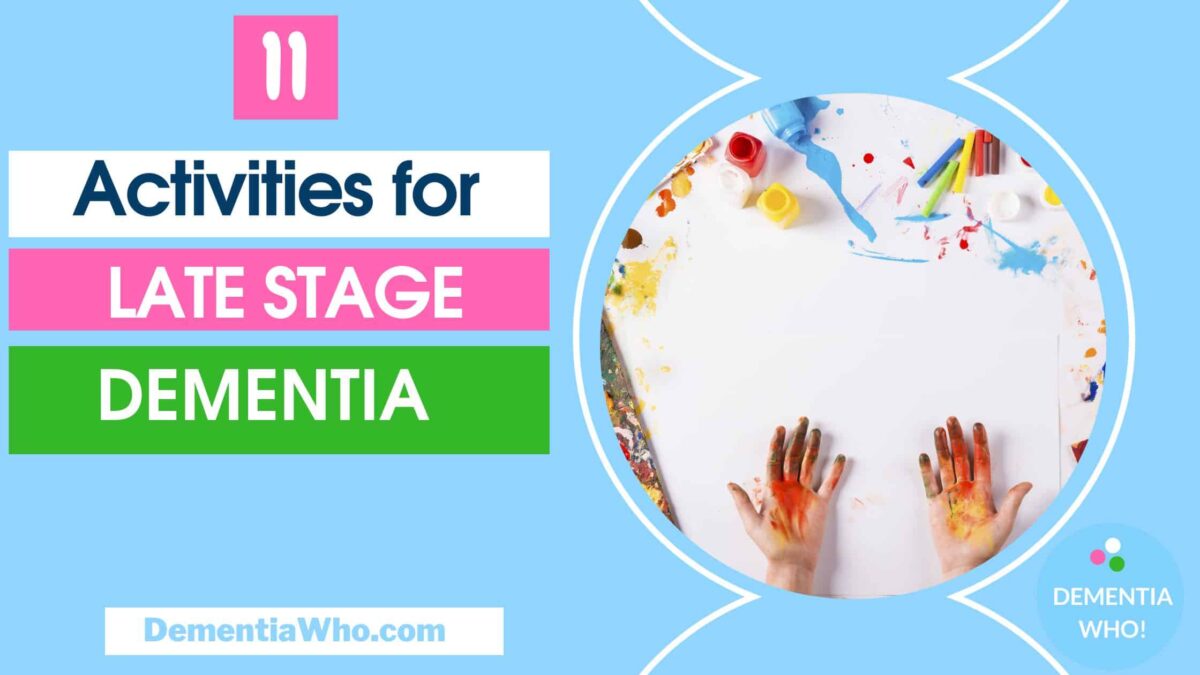
Activity 1: Tissue Paper Art
Description: Tissue paper art is a tactile art activity that provides sensory exploration for your loved ones with late stage dementia. There are two types, but both involved tearing or cutting pieces of coloured tissue paper and arranging them either:
- to create collages or textured designs glued onto to the canvas/ paper
- wetting the paper and placing the strips of coloured tissue paper onto the wet canvas/paper for the colours to bleed through and removed once tried.
Tools Required: tissue paper in various colours, glue, and paper or canvas
Benefits: promotes creativity, great tactile activity (especially if they love to tear up tissues)
Safety Concerns: Ensure the glue used is non-toxic and suitable for use with tissues. Provide support to prevent ingestion of materials (where required).
Activity 2: Faux Stained Glass Art/Window Cling Art
Description: Using coloured paint and adhesive to create stained glass effect or shapes on transparent plastic sheets to create peelable art that can be pressed onto windows or glass. Support your loved ones to draw out the shapes creating the stained glass effect.
Tools Required: clear adhesive, paint, dish soap, transparent sheets or frames
Benefits: colour recognition, creative expression.
Safety Concerns: Use non-toxic adhesive, support to avoid ingestion, ensure pieces are large enough to handle.
Activity 3: Finger Printing/ with or without Textures
Description: Finger printing with or without textures is an engaging and tactile art activity stimulating the sense of touch for your loved ones with late stage dementia. This activity involves using different colours of paint to create patterns and designs using the fingers.
Tools Required: non-toxic paints in various colours, paper or canvas, and textured materials such as sponges, foam, and fabrics
Benefits: It offers sensory stimulation, tactile exploration, and improved fine motor skills
Safety Concerns: Ensure the paints used are non-toxic and easily washable, and provide support to prevent ingestion of paint/sponges or accidental contact with eyes
Activity 4: Hand Printing
Description: Hand printing is simple yet engaging, as individuals get to experience the tactile sensation of the paint on their hands and the satisfaction of leaving their mark. You can do it on paper, fabric, or even on large sheets or canvas. Your loved ones with dementia can create their own unique artwork.
Tools Required: non-toxic paints in various colours, paper or canvas
Benefits: promotes self-expression and can assist in maintaining fine motor skills
Safety Concerns: Use washable, non-toxic paints, support for individuals with limited hand coordination
Activity 5: Visual Sensory Bottles
Description: Visual sensory bottles are a stimulating & engaging art activity. Clear plastic bottles filled with water, glitter, beads, and small objects can create mesmerizing visual sensory bottles. Super glue is used to seal the bottles securely.
Tools Required: clear plastic bottles with lids, coloured water, glitter, and small objects like beads, sequins, or plastic animals
Benefits: visual stimulation, focus, concentration, and reduced agitation
Safety Concerns: Ensure bottles are sealed to prevent leaks & avoid ingestion
Activity 6: Textured Art with Clay or Playdough
Description: : Textured Art involves pressing objects into clay or playdough. Give your loved ones clay or playdough and encourage them to create textured art by pressing objects into to see what’s created. It provides a tactile and sensory experience.
Benefits: stimulates sensory perception, improves finger dexterity and promotes focus and concentration.
Tools Required: Clay or playdough in various colours, objects for texture (e.g., stamps, forks, combs), and plastic or wax paper.
Safety Concerns: Use non-toxic clay or playdough and ensure proper hand hygiene to prevent the ingestion of materials.
Activity 7: Sensory Art with Sand
Description: Provide your loved ones with coloured sand and ask them to create textured art by pouring or sprinkling sand onto adhesive sheets, stencils, or canvases.
Benefits: stimulates tactile perception, improves fine motor skills, and provides a calming and soothing experience. It also encourages self-expression through the creation of unique textures and patterns.
Tools Required: coloured sand, adhesive sheets or canvases, and small cups or containers for pouring and sprinkling sand.
Safety Concerns: Ensure your loved ones do not ingest sand and provide proper support to prevent spills and accidental inhalation.
Activity 8: Shadow Art
Description: using light and shadow to create shapes, silhouettes, and patterns on a surface. Your loved ones can enjoy the shapes made or use the shadows to create art by drawing around them and adding in background details.
Tools Required: a light source, objects for casting shadows, paper or canvas, and a surface to project the shadows
Benefits: stimulate imagination and engage individuals in exploring different shapes and forms
Safety Concerns: Ensure a safe, well-lit environment, avoid direct eye contact with bright lights.
Activity 9: Doodle Art
Description: Encourage individuals to engage in doodling, allowing them to freely draw spontaneous and repetitive patterns. They can use markers, pens, or pencils on paper or colouring books. It can be a form of self-soothing and a great tool for stress relief.
Benefits: promotes relaxation, provides a creative outlet, and stimulates the imagination. It also improves fine motor skills.
Tools Required: Markers, pens, or pencils, doodle paper or colouring books.
Safety Concerns: Ensure the use of safe handling techniques for writing instruments and support them through the activity to prevent accidental ingestion.
10. Collage Self-Portrait
Example: Create a self-portrait using a combination of photographs, written word, magazine/newspaper cut-outs, and personal drawings.
Description: Assist your loved one in creating a self-portrait by allowing them to choose various materials to represent different aspects of themselves, use old photographs, newspaper cutouts,poety etc. Encourage them to explore their identity and personal history.
Tools Required: Photographs or magazine, cut-outs, drawing materials, glue
Safety Concerns: Support your loved ones’ handling of scissors & glue
Activity 11: Art History Exploration
Description: Sitting with loved one enthusiastically reading & discussing distinct art styles and famous artists, using reference books and the internet to tour art galleries.
Tools Required: Art books, internet access for digital galleries, tablet,phone, or computer
Benefits: Cognitive stimulation, historical knowledge.
Safety Concerns: Ensure comfortable seating and good lighting.
Conclusion
In conclusion, this article has explored 11 visual art activities for late stage dementia that I encourage you to incorporate into your dementia caregiving routines. These activities provide not only fun and creativity but also therapeutic benefits for your loved ones with dementia. Hopefully, your loved ones’ art activities can bring more joy, creativity, and increase their sense of well-being in their lives.

